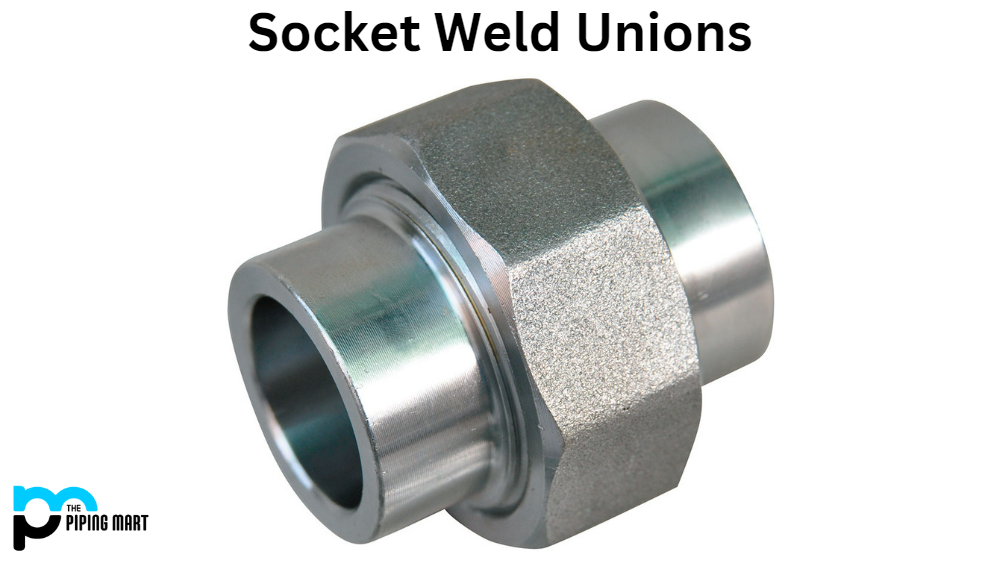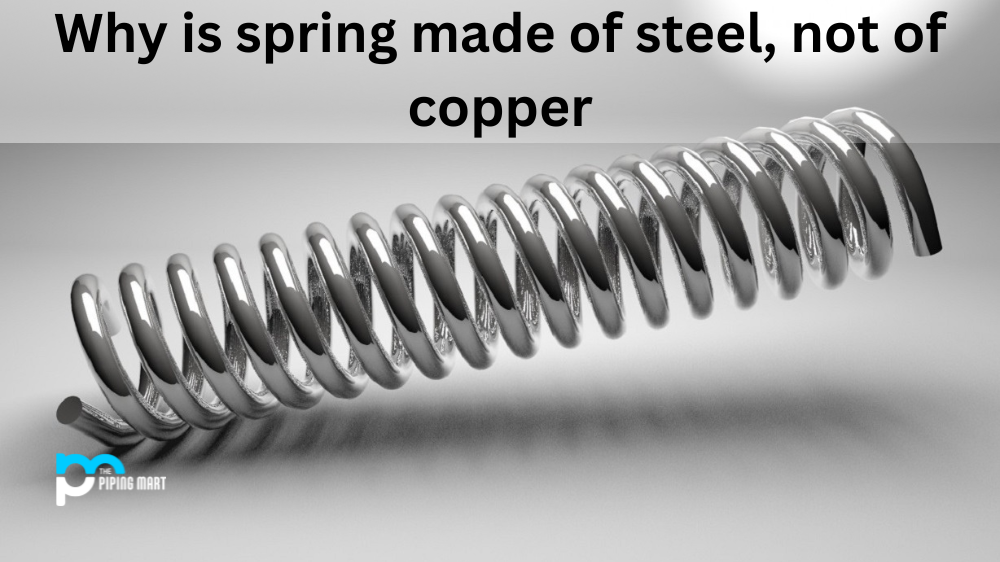The clapper valve is a check valve that has existed since the early 1900s. It is commonly used in pipelines and other systems to prevent backflow and has its own advantages and disadvantages. The clapper valve, however, has been a topic of debate among users, as each sees its outlooks and drawbacks differently. To help put this question to bed, in this blog post, we’ll dive into the advantages and disadvantages of clapper valve, helping you decide if it’s the right valve for your application.
What is Clapper Valve?
A Clapper Valve is a type of shut-off valve used for controlling water, steam, or air flows in pipeline systems. It has two semi-circular plates which meet in the middle when closed and use a lever to open and close. The flexible nature of these valves allow them to be manufactured in various sizes and materials, making them suitable for a wide variety of applications.
Advantages of Clapper Valve:
Prevents Backflow: The primary reason you would use a clapper valve is to prevent backflow. The clapper valve permits fluid flow in one direction while blocking it in the other, preventing backflow.
Minimal Maintenance: The clapper valve is easy to maintain since it has fewer parts and is relatively basic. The clapper valve is less prone to blockages or other issues that require routine maintenance.
High Flow Rate: Clapper valves have a high flow rate due to their straightforward construction. They are ideal for applications requiring high flow rates, primarily where uniformity is necessary.
Easy to Install: Clapper valves are relatively easier to install than other check valves. They have fewer parts, are cheaper to buy, and are simple to assemble. Additionally, because of their simplicity, they do not require specialized tools or expertise.
Disadvantages of Clapper Valve:
Pressure Drop: The clapper valve has a higher pressure drop, which causes pressure loss. This can impede the flow rate, especially in applications requiring high pressure.
Water Hammer: The water hammer is another significant limitation of clapper valves. It occurs when the clapper valve closes quickly, causing a pressure rise that can lead to a water hammer. Excessive water hammer can cause damage to pipes or other systems that use clapper valves.
Limitations on Flow Directions: Clapper valves are one-directional, meaning they can only flow in one direction. With this, it can be challenging to use them if the flow of liquid is required to change direction.
Rust and Corrosion Issues: Clapper valves are prone to rust and corrosion due to their contact with fluids. Over time, this causes the valve to deteriorate, causing leaks.
Conclusion:
The clapper valve can prevent backflow, low maintenance high flow rate, and is easy to install. The one-directional valve is susceptible to rust and corrosion, can cause water hammer, and has a high-pressure drop. Should you choose a clapper valve for your application, weigh these pros and cons. Ultimately, it would help if you considered the fluid type, flow rate, and application needs. You can carefully decide if this valve is right for your project.




